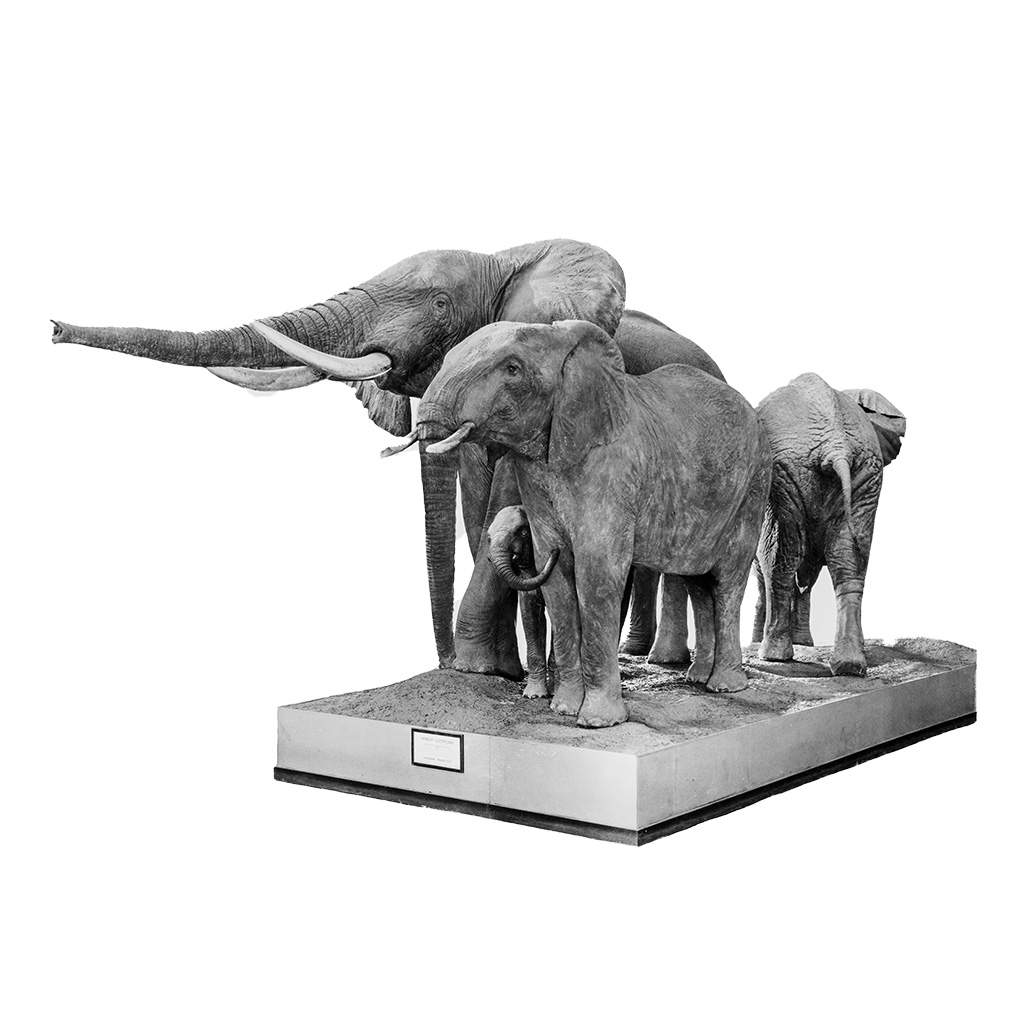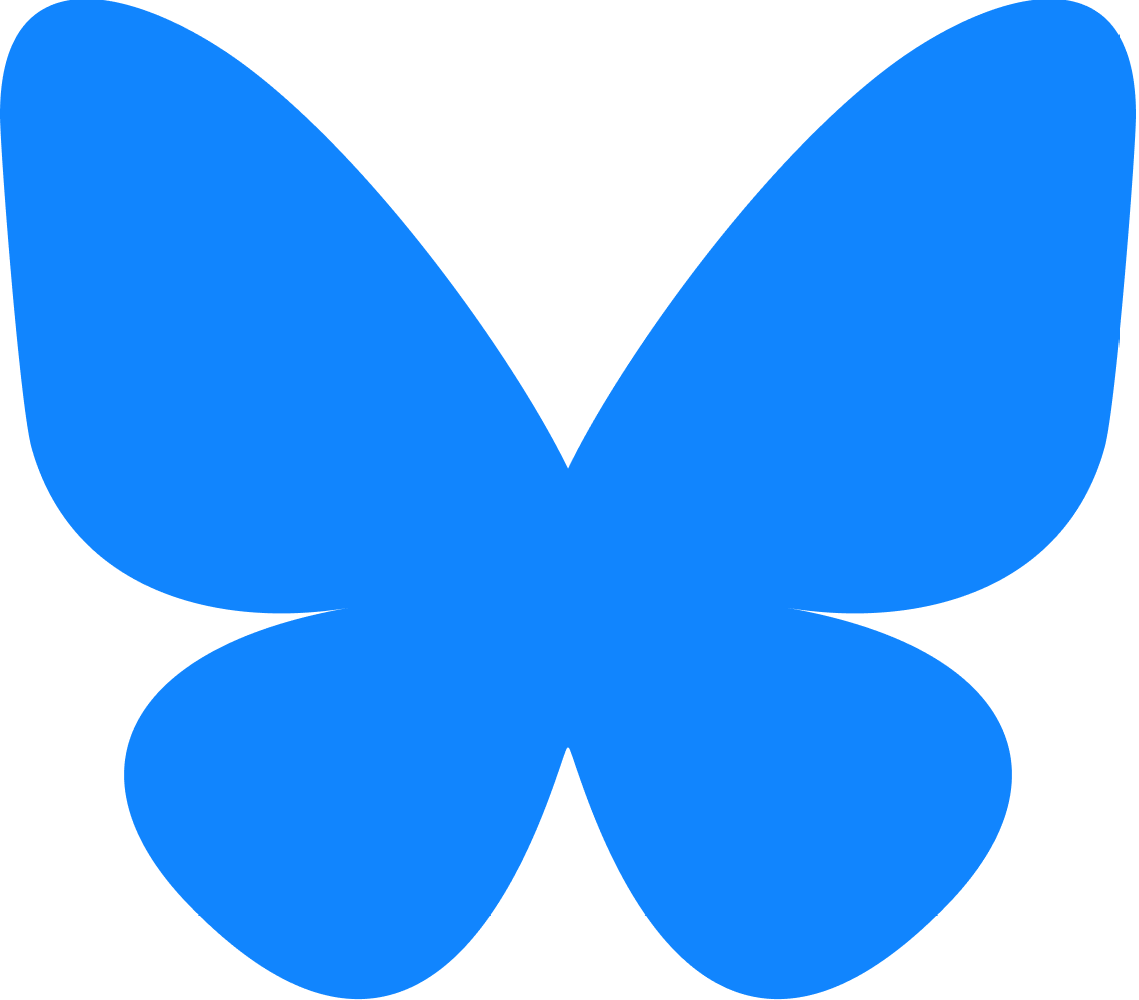Pachyderm Matriarchy
Elephants and Authorship in the Land of the Akeleys, 1912–1940
DOI:
https://doi.org/10.52537/humanimalia.12591Keywords:
Carl Akeley, Delia Akeley, Mary Jobe Akeley, American Museum of Natural History, Donna Haraway, Teddy Bear PatriarchyAbstract
One of the essential backstories of Donna Haraway’s essay “Teddy Bear Patriarchy” is the biography of celebrated collector/taxidermist Carl Akeley, and his vision for the African Hall at the American Museum of Natural History (AMNH) in New York. The “Authors and Versions” section of Haraway’s essay examines expedition stories recorded by Carl Akeley, his first wife, Delia Denning Akeley, and his second, Mary Jobe Akeley, to interrogate the issue of authorship, and build a case for an alleged cover-up of Delia’s contributions by “the official scientific community”. The present article pursues a reading of “Authors and Versions” against a more robust historical background, including published sources, and primary archival materials, in order to deepen, and correct, the broader story of the authorship and intellectual labour behind the AMNH African Hall, in particular the purported suppression of Delia Akeley’s voice and labour.
Downloads

Published
Issue
Section
License
Copyright (c) 2023 Mark Alvey (Author)

This work is licensed under a Creative Commons Attribution-NonCommercial 4.0 International License.









